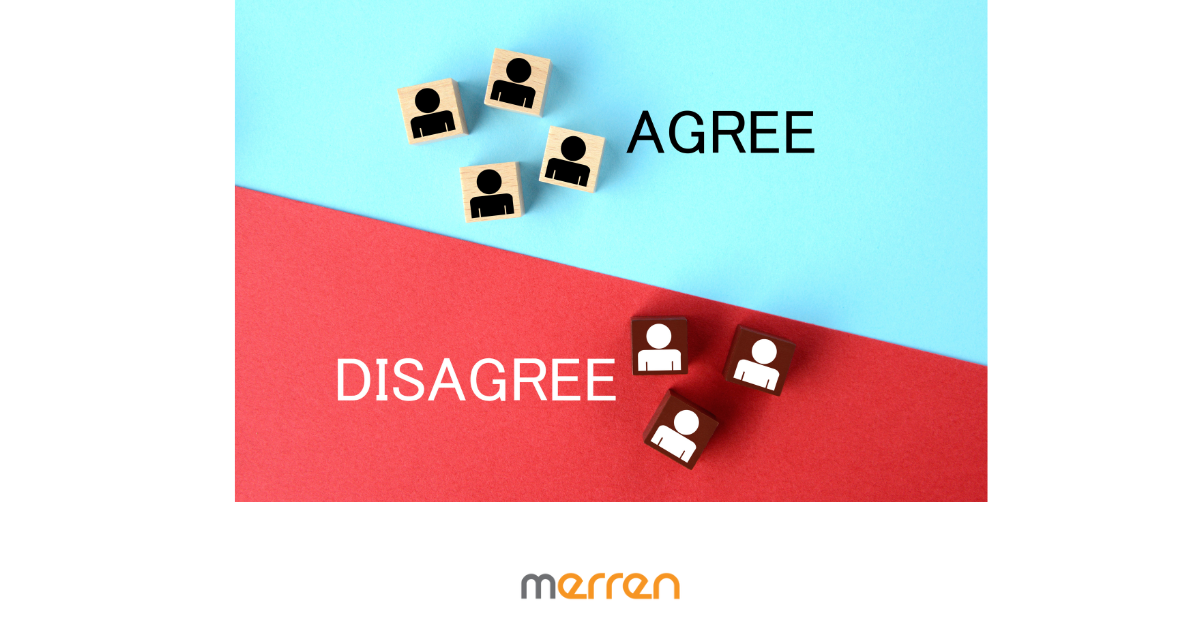Semantic differential scale is a powerful tool that can help you measure subjective opinions and attitudes towards a product, service, or concept. In this blog post, we will take a look at what a semantic differential scale is and how it works. We’ll cover the advantages of the scale, and the differences between this scale and the commonly used Likert Scale. Lastly, we’ll explore how to analyze semantic differential scale data and answer some frequently asked questions about this powerful tool.
What is a semantic differential scale?
Developed by famous American psychologist Charles Osgood, this scale has been used extensively in market research and customer satisfaction surveys. It is versatile and is used to understand the emotional attitude towards new products or any event. This scale gauges attitudes and perceptions by using opposite adjectives to capture comparative feedback. Respondents rate their perception on a numerical rating scale. This method can offer valuable insights for market research, branding, and product development.
How Does it Work?
The questions on this scale, measures attitudes or opinions by asking respondents to rate a concept using bipolar adjectives. The results are plotted on a graph to visualize overall sentiment. This tool can help analyze brand perception, customer satisfaction, and product evaluation.
Importance of Adjectives
This scale involves rating objects or concepts on opposing adjectives like potency or emotional attitude using a series of polar adjectives and radio buttons. This technique allows researchers to avoid social desirability and disagreement bias. It also measures connotative meaning and evaluates new products across a wide range of subjects with self-report scales. With versatility in terms of question types, templates and ease of use compared to Likert scales, semantic differential scales have become an essential tool for any online survey.
Advantages of the Semantic Differential Scale
Capturing comparative feedback is made easy with the semantic differential scale. By rating concepts or objects on opposing adjectives or phrases like “hot vs. cold” or “easy to use vs. difficult to use,” this survey question type provides valuable insights into participants’ perceptions. Here are some of the advantages of using this particular scale:
Simple and versatile
The scale is easy to comprehend and use since it follows a simple and straightforward approach. Participants only need to mark a point on a continuum that has two contrasting attributes, making it convenient to execute and analyze. This scale has extensive application across various subject areas and research domains. Its usage ranges from evaluating opinions towards products, brands, political candidates, advertisements, social concerns, and beyond. It is versatile and more sensitive than other scales such as Likert Scale or open-ended questions.
Measurement of intensity
In contrast to basic Likert scales, the Semantic Scale enables the evaluation of the magnitude of attitudes or perceptions. It gauges the potency of participants’ emotions by offering a more detailed assortment of response alternatives. There is more nuance in the set of options.
Comparative analysis
The scale enables comparative analysis by providing a clear distinction between opposing attributes. Researchers can compare the responses of different groups or individuals to understand variations in attitudes or perceptions, identify trends, or evaluate the effectiveness of interventions.
Quantitative data
The Semantic Differential Scale generates quantitative data, allowing for statistical analysis and hypothesis testing. Researchers can perform numerical computations, calculate means, variances, and conduct inferential statistics to draw conclusions based on the data.

Visual representation
One can also use visual representation with the scale’s format, making it easy to present and interpret the results. Graphs and charts can be used to illustrate the distribution of responses, making it more accessible for stakeholders to understand and engage with the findings.
Using the Semantic Differential Scale in Research
When measuring attitudes towards brands, products, or services in your research, consider using the semantic differential scale question. This technique involves creating a list of polar adjectives that describe the object or concept being rated. By using this measurement of meaning, you can identify patterns in responses across a wide variety of subjects.
Framing and Ordering of Questions
To achieve accurate results in research studies using the Semantic Differential Scale, carefully consider question framing and ordering. Avoid confusion or bias in responses by choosing relevant adjectives and anchoring with opposite adjectives at each end of the scale. Pilot studies or pre-tests can help identify any issues before conducting larger studies on a wide variety of subjects. One can also use template based questions since they are pre designed and pre tested to avoid errors.
Semantic Differential Scale vs. Likert Scale
Semantic scale and likert scale might look similar, but it is important to learn the difference. While Semantic Differential Scale uses polar adjectives to capture comparative feedback, Likert Scale uses a rating scale to measure a level of agreement. Although both scales are self-report measures, they differ in their ability to measure emotional attitude and social desirability bias.
Differences and Similarities
The Semantic Scale captures emotional attitude towards a concept using polar adjectives rated on a seven-point scale. The Likert Scale measures the level of agreement or disagreement towards a statement using radio buttons or a numeric rating scale. Both scales are versatile when asking survey questions but differ in their focus on affective vs cognitive responses. Charles Osgood’s work on Semantic Differential Scale popularized its use in market research for measuring customer satisfaction surveys and evaluating new products.
Capture comparative feedback
As per this measurement metric, researchers can understand people’s perceptions and attitudes towards a particular concept, product, or experience. Respondents are presented with a series of bipolar adjectives or phrases and asking them to indicate their position on a continuum between the two extremes. Marketers can gather nuanced data on the positive or negative associations individuals have with a subject. One will now have a deeper understanding of preferences, opinions, and emotional responses. This measurement metric effectively captures comparative feedback by providing a structured and standardized framework for assessing and comparing different dimensions of human perception and evaluation.
Analyze the Semantic Differential Scale Data
One way to approach this is by calculating the mean score for each item on the scale and comparing these scores across different groups or conditions. Additionally, factor analysis can be used to identify any underlying dimensions or factors that may be driving respondents’ ratings. However, it’s crucial to exercise caution when interpreting results since social desirability bias may affect how people respond. The responses are plotted on graphs and charts to illustrate the distribution.
Conclusion
The semantic differential scale is a powerful tool for measuring and comparing feedback. Its unique structure allows researchers to capture nuanced perceptions and attitudes that might be missed by other methods. By choosing the right adjectives and framing questions carefully, you can get insights into how people really feel about your brand, product, or service.
to start building your own survey templates, sign up for our 14 day free trial and start collecting customer feedback today.





